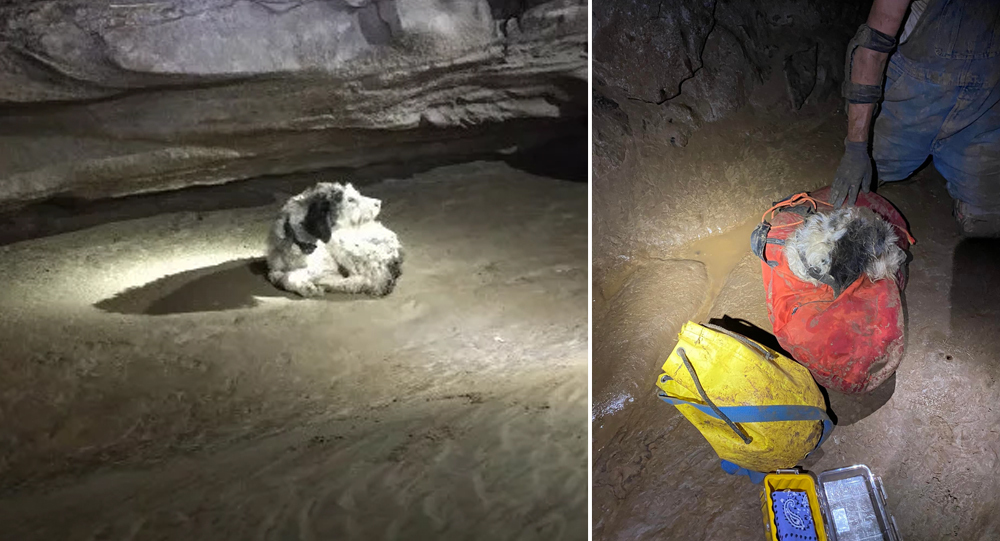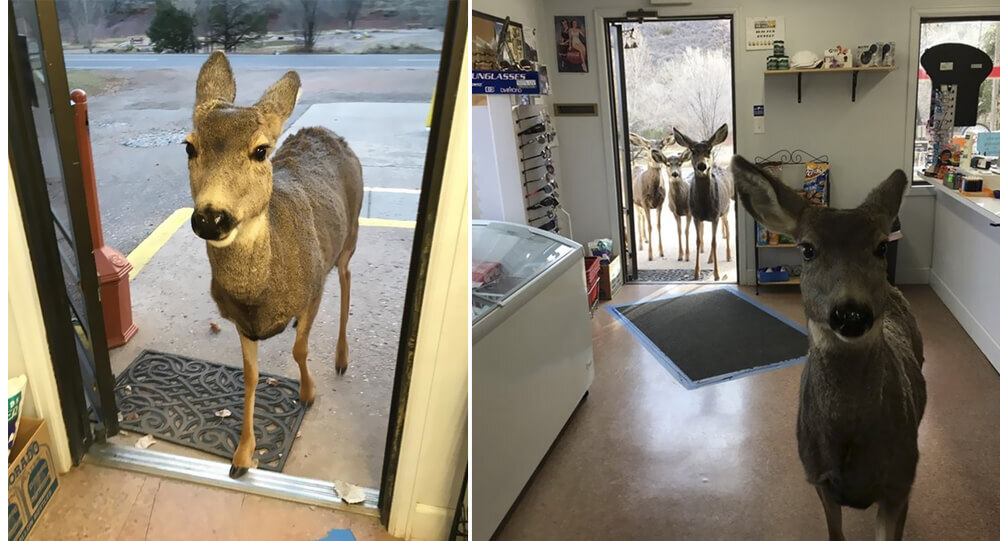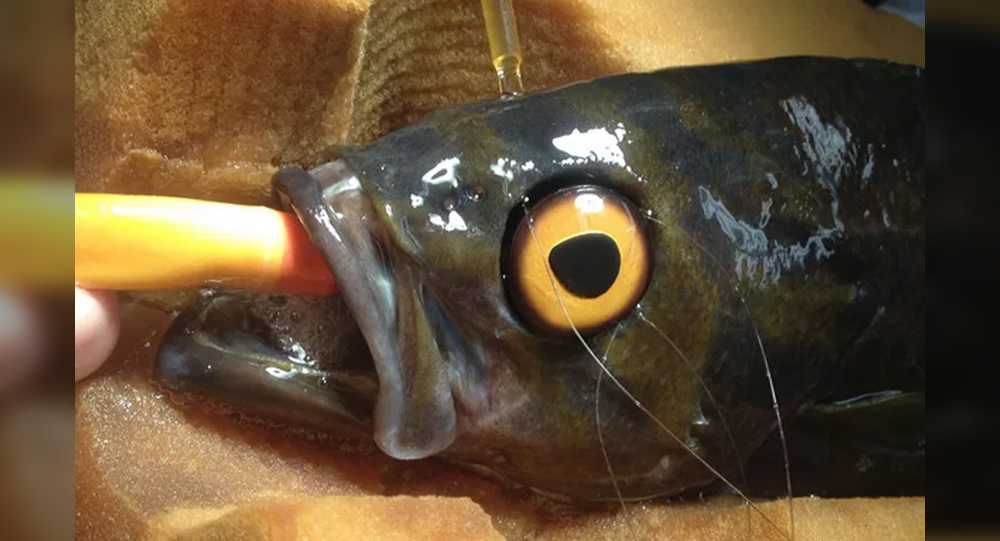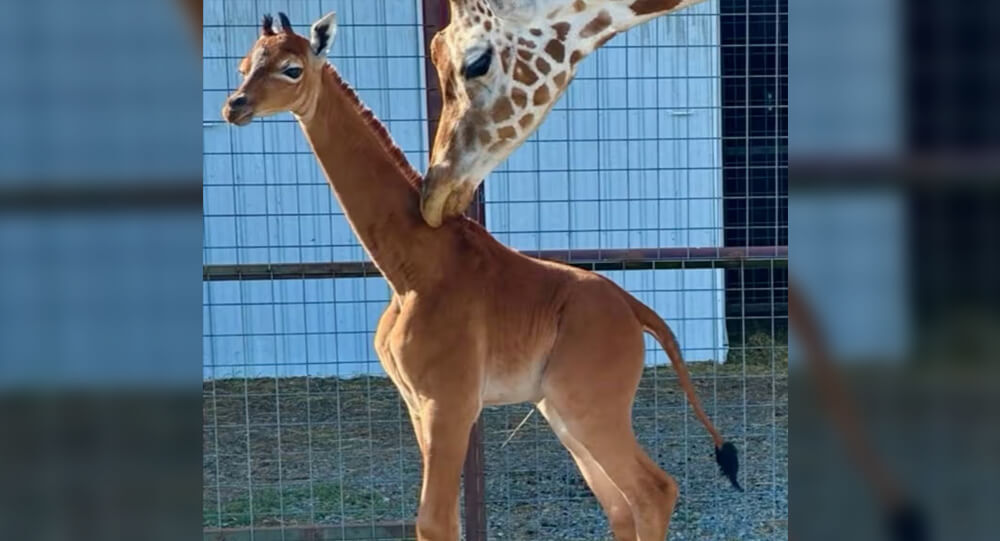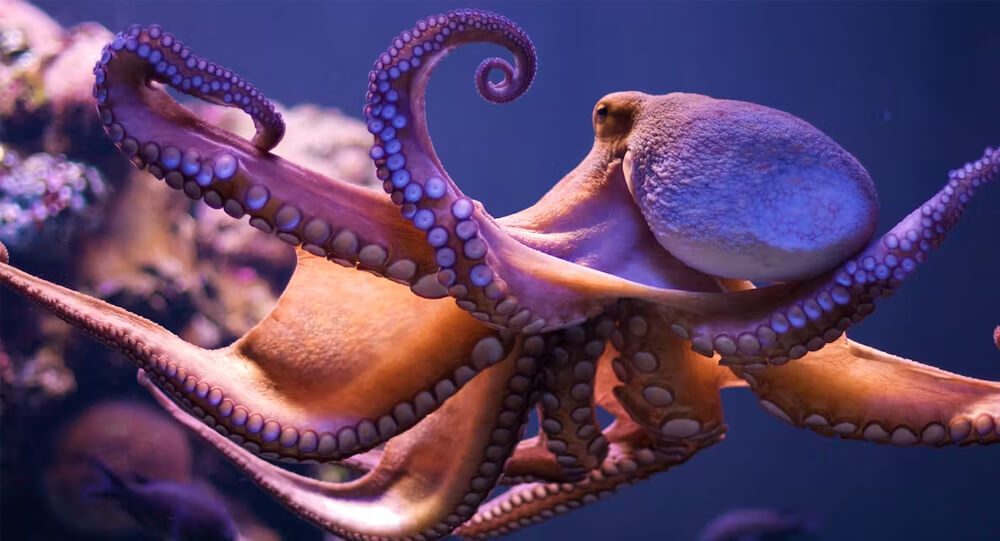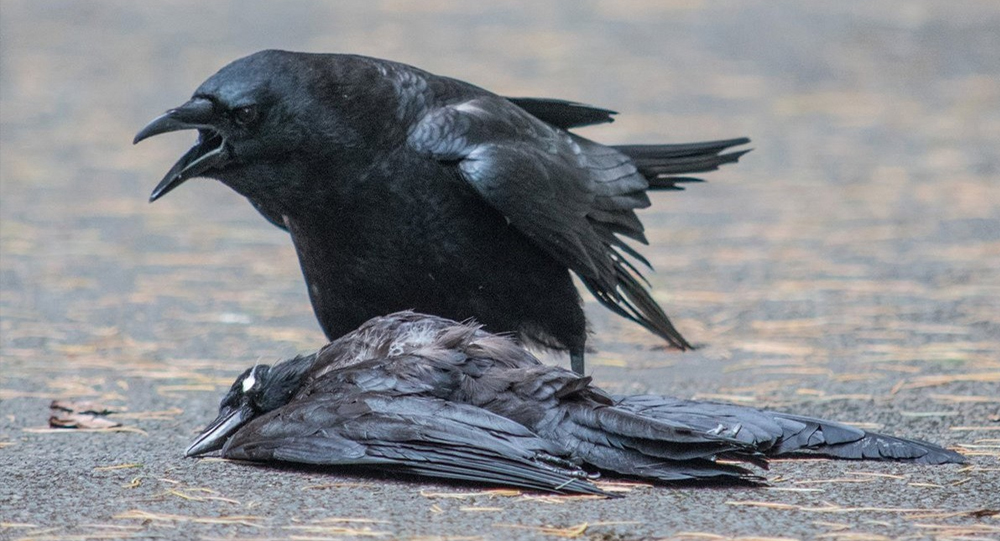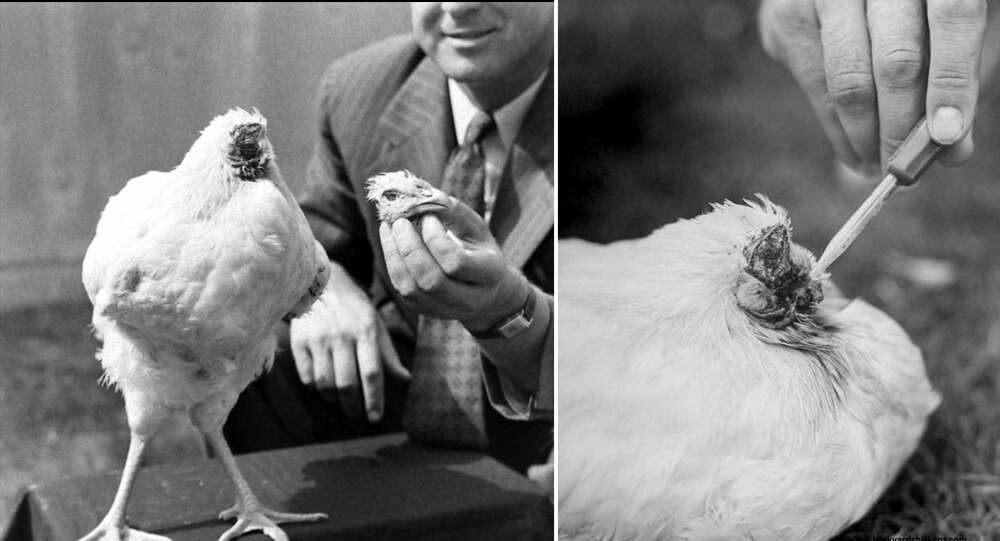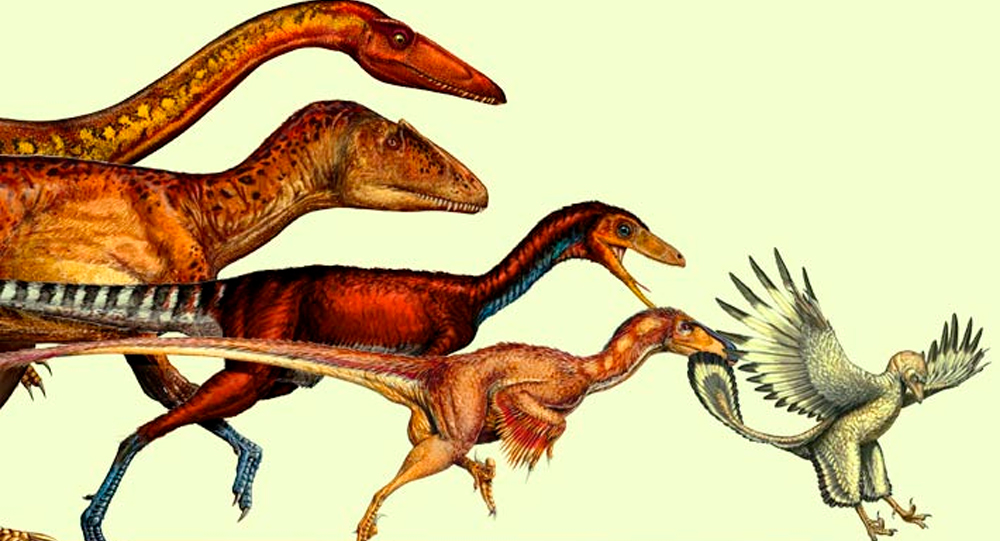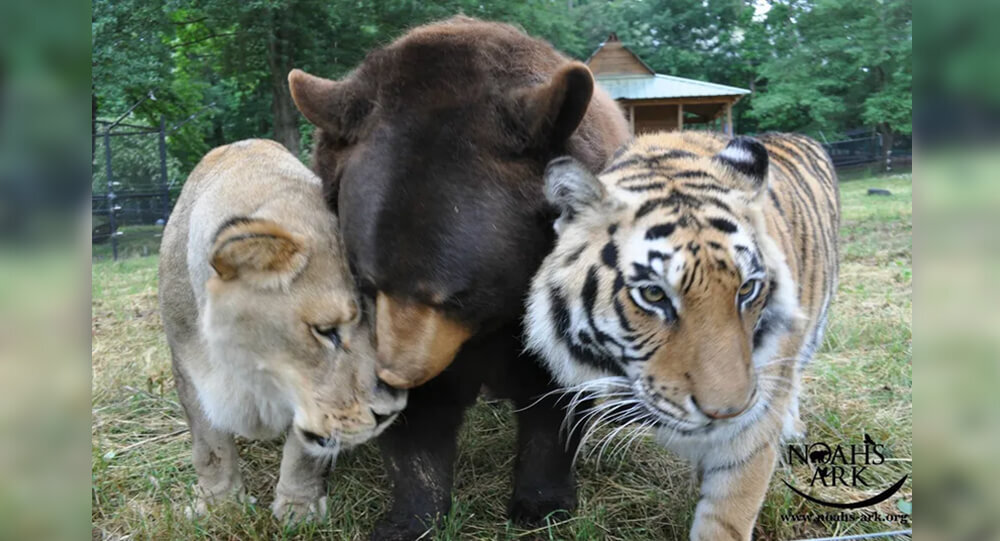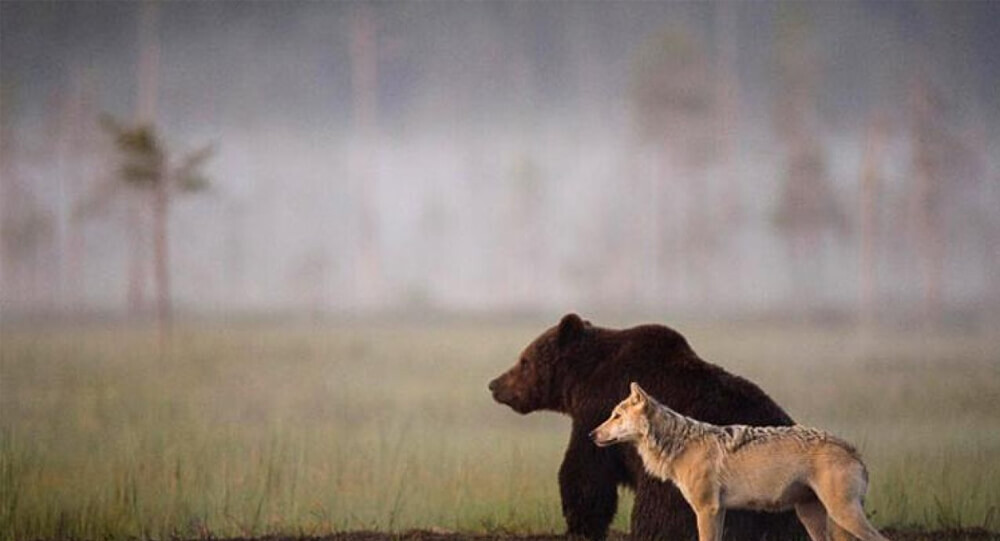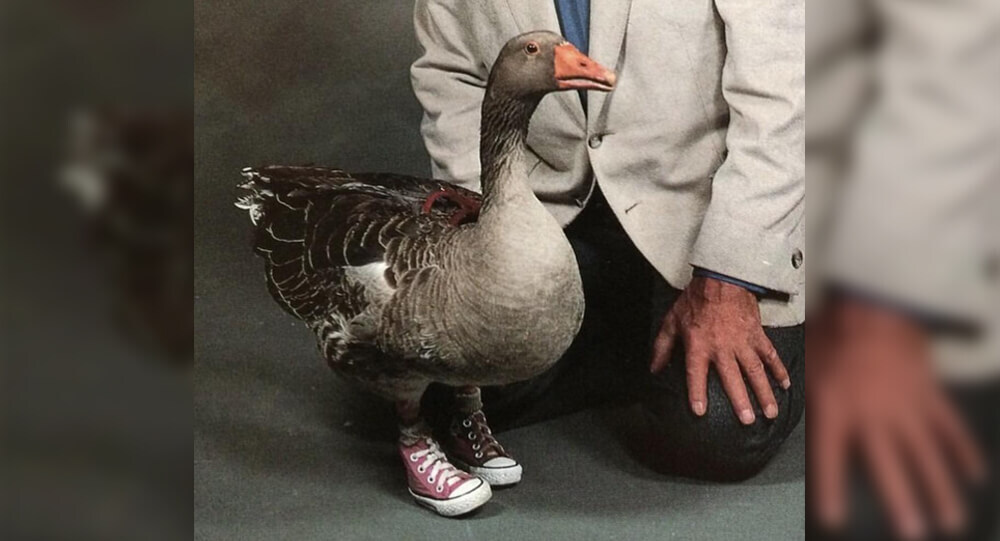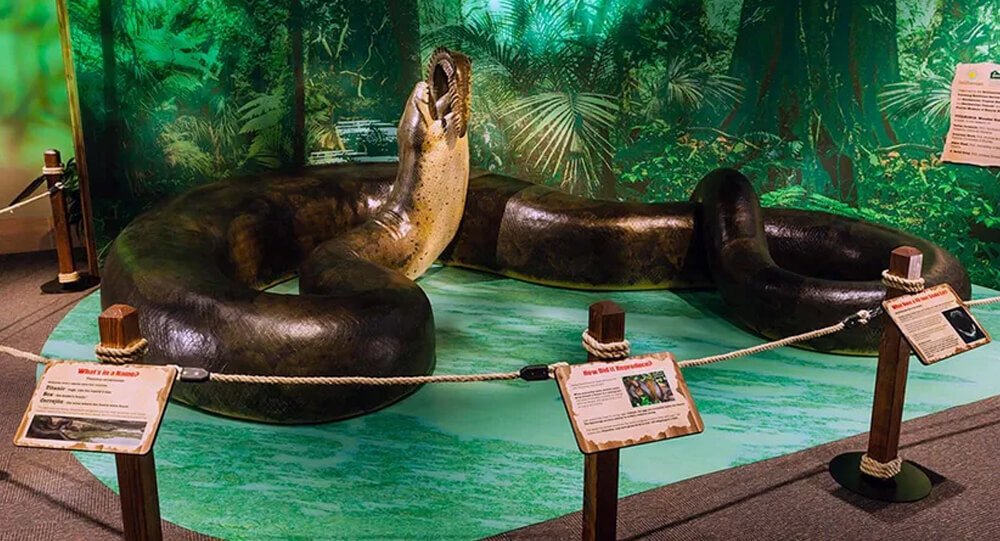
The Titanoboa cerrejonensis, the largest snake species known to have ever existed, is one of the most amazing fossils of prehistoric creatures. It once slithered through the prehistoric rainforests of what is now Colombia, dominating the area with its enormous size and intimidating presence. The intriguing history of the Titanoboa cerrejonensis is examined in this article, along with the discovery, importance, and legacy of its extraordinary fossils. This prehistoric titan captivates scientists and enthusiasts alike with its extraordinary dimensions and fascinating ecological implications. Join us as we explore the fascinating Titanoboa cerrejonensis and shed light on the environment it once called home.
Uncovering the Titanoboa cerrejonensis, the Giant Snake of Prehistoric Times
Get ready to be astounded as we go back in time to learn about Titanoboa cerrejonensis, the largest species of snake to have ever slithered across our planet. Scientists and enthusiasts alike have been fascinated by the evidence that these terrifying creatures once roamed the prehistoric earth. Join us as we examine the amazing fossils and discover more about the astounding size of this prehistoric behemoth.
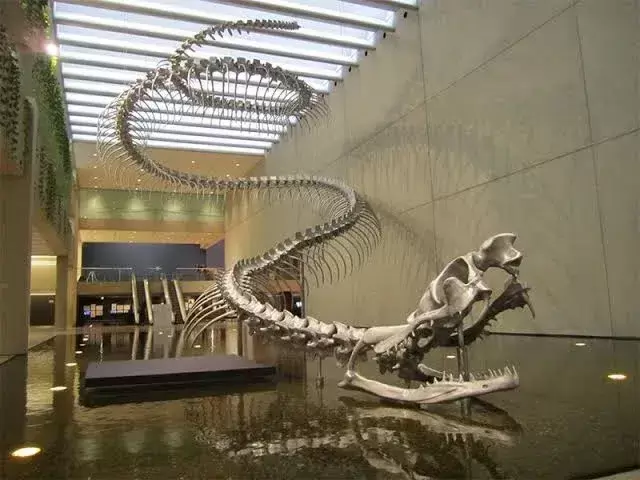
Discovery and Importance: Tracing the Remarkable Fossils of Titanoboa cerrejonensis
A group of daring paleontologists set out on an expedition to Colombia’s Cerrejón coal mine at the start of the narrative. They had no idea that their journey would result in the discovery of one of the most important findings in paleontology. The first indications of Titanoboa cerrejonensis’ existence were found in 2009 during excavations in this remote area.
The fossils discovered at the Cerrejón mine gave scientists a rare chance to study an extinct creature whose existence had previously been shrouded in mystery. As the bones were put together, researchers discovered Titanoboa cerrejonensis’ enormous size and distinctive features. This discovery had effects on our understanding of the evolution of snakes and the dynamics of ecosystems in the ancient world in addition to providing new information about the past.
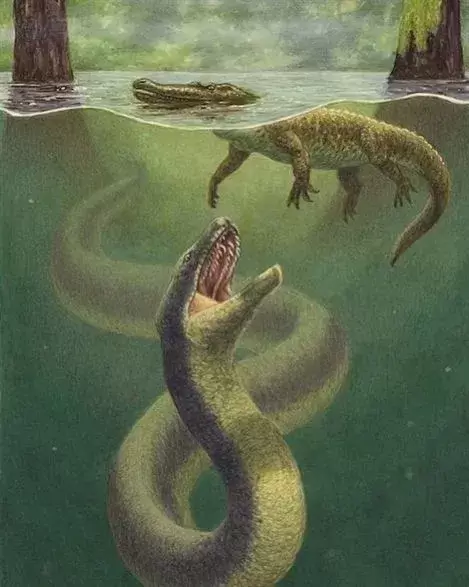
Unveiling the Size: Exploring the Gigantic Dimensions of Titanoboa cerrejonensis
Be prepared to be stunned by Titanoboa cerrejonensis’ enormous size! It was discovered after careful examination that this ancient snake could grow up to 42 feet long and weigh more than a ton. Imagine coming across a creature of such enormous size in the ancient Colombian jungles!
Let’s contrast Titanoboa cerrejonensis with the biggest snakes we currently have to put things in perspective. Although impressive, modern anacondas are nothing compared to Titanoboa’s enormous size. These ancient snakes were considerably heavier and nearly twice as long as their contemporary counterparts. It’s a good thing they became extinct because coming across one would have been extremely terrifying!
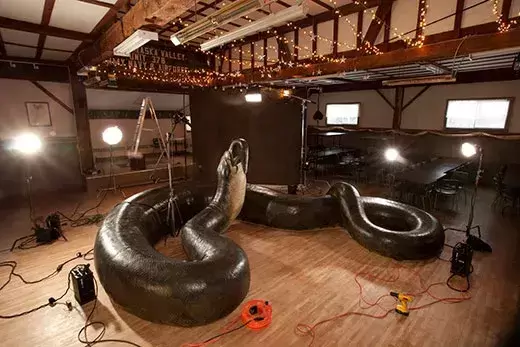
Habitat and Environment: Understanding the Prehistoric World in which Titanoboa Lived
We need to step back and imagine the prehistoric environments that Titanoboa cerrejonensis once called home in order to fully comprehend their world. The Cerrejón area was then a lush tropical paradise with thick vegetation and plenty of prey. It was a world where enormous creatures were free to roam and were ruled by giants.
The Titanoboa cerrejonensis fossils, which were discovered in the Cerrejón Formation, shed light on the time period during which these enormous snakes ruled. This geological formation, which is 60 million years old, captures a moment in time in the ecosystem’s history. Scientists can piece together a comprehensive picture of the environment and the distinctive adaptations of the creatures that called it home by examining the fossils and the nearby rock layers.
So, get ready to dive into the extraordinary tale of Titanoboa cerrejonensis. From its discovery to its monstrous size and the world it once inhabited, this ancient snake continues to captivate our imagination and leave us awestruck by the wonders of our planet’s past.
So get ready to explore Titanoboa cerrejonensis’ extraordinary story. This ancient snake has captured our attention since its discovery and never fails to astound us with the wonders of the past of our planet, not to mention its enormous size and the world it once called home.
Life Cycle and Behavior: Unraveling the Hunting Techniques and Lifestyle of Titanoboa cerrejonensis
The colossal snake known as Titanoboa Cerrejonensis held the title of top predator during the Paleozoic era. This long-extinct serpent possessed an air of authority and intimidation as it ruled the tropical rainforests. Titanoboa was without a doubt the dominant predator in its ecosystem due to its enormous size and unmatched strength.
Titanoboa had a variety of amazing adaptations and hunting techniques to keep its dominance. Due to its enormous size, it was able to subdue even the biggest prey, such as crocodiles and large mammals. Titanoboa was well suited for capturing and subduing its prey due to its long body, muscular build, and sharp recurved teeth.
This enormous snake would move gracefully and precisely as it stalked its prey. Once it was close enough to strike, it would coil its strong body around the prey, exerting tremendous pressure and stopping its breathing. Titanoboa would slowly but surely suffocate its unfortunate meal before swallowing it whole. A truly mesmerizing and terrifying spectacle!
Implications for Paleontology: Examining the Significance of Titanoboa in Evolutionary Studies
Titanoboa cerrejonensis’s discovery has shed important new light on the ancient prehistoric ecosystems. Paleontologists have been able to reconstruct the intricate food web and comprehend the dynamics of the tropical rainforest during the Paleocene epoch by studying the fossilized remains of this enormous snake.
Scientists have been able to construct a clearer picture of the Earth’s past through careful examination of Titanoboa fossils. These discoveries have increased our understanding of the evolution of reptiles and shed new light on the enormous biodiversity that once coexisted on our planet. The discovery of Titanoboa has led to numerous other discoveries and encouraged further research into the complex past of the planet.
Modern-Day Comparisons: Comparing Titanoboa to Contemporary Snakes and Their Ecological Roles
Scientists have studied modern-day relatives of Titanoboa cerrejonensis, like anacondas, to learn more about it. Anacondas, while not quite as enormous as their extinct cousin, Titanoboa, shed light on the ecological functions that Titanoboa might have had. Researchers can infer details about Titanoboa’s lifestyle and ecological niche by observing the anaconda’s behavior and feeding patterns.
Scientists can start to understand the ecological niche that Titanoboa cerrejonensis occupied by comparing the behavior, habitat, and diet of modern snakes to those of this extinct giant. Understanding its place in the ecosystem is essential to understanding how ancient food webs functioned and how different species interacted with one another.

How European Rabbits Took over Australia
In 1859, wealthy settler Thomas Austin released 13 wild rabbits on his Australian estate. By 1920, their population grew to 10 billion.

13-year-old dog missing for two months found alive in a cave.
On Aug 6, 2022, A group of Missouri cave explorers accidentally found and helped rescue a senior dog that had been missing for two months. It is unclear how long the dog was in the cave or how it managed to survive.

Deer Walks Into Store To Check Their Goods, Comes Back Later With Her Kids
In 2017, a deer entered a Colorado store. An employee fed the deer a peanut bar in an attempt to get it to leave. The deer did leave, but later that day it returned with its entire family.

A one-eyed Vancouver fish receives a fake eye so that other fish will not bully him
A fish whose eye was removed due to cataract was bullied by other fish at the Vancouver Aquarium. So the vets fitted the fish with a prosthetic eye to fool the other fishes.

Kipekee, the world's only spotless giraffe, was born at Brights Zoo
The world's only spotless giraffe was born at a zoo in the United States. The giraffe born without spots on July 31 is the only one of her kind on Earth.

Are Octopus Intelligent? A Look Inside an Octopus's Brain
Octopuses are extremely intelligent. It is the only invertebrate capable of emotion, empathy, cognitive function, self-awareness, personality, and even interpersonal relationships. Some believe that if humans did not exist, octopi would eventually take our place as the dominant life form on Earth.

Pierre Brassau: The chimpanzee painter who deceived the avant-garde world
Abstract paintings by a previously unknown artist “Pierre Brassau” were exhibited at a gallery in Sweden, earning praise for his “powerful brushstrokes” and the “delicacy of a ballet dancer”. None knew that Pierre Brassau was actually a 4 year old chimp from the local zoo.

Why Crows Hold Funerals for Their Dead
Crows are far more than noisy backyard birds; they engage in peculiar, ritualistic behaviors when one of their own dies. Known as “crow funerals,” these gatherings involve groups of crows circling, calling, and sometimes even interacting physically with the deceased in ways that stump scientists and captivate bird watchers. What drives this strange behavior? New research reveals it’s a complex mix of learning, social bonding, and survival instinct wrapped in an enigmatic ritual.

The story of The chicken that lived for 18 months without a head
Mike the Headless Chicken was a rooster whose head was accidentally chopped off but miraculously survived. This is due to most of the brain stem being left intact. He was fed using a special tube that delivered food directly into his esophagus. Despite his lack of a head, he lived for 18 months, gaining worldwide fame before ultimately choking on a kernel of corn during one of his tours, in a Motel in Fruita, Colorado.

Jack the Baboon operated a railroad, earned a living, and never made a mistake
A baboon worked as a signalman for the railroad in the late 1800s. He never made a mistake and worked for the railroad until the day he died.

Chen Ami, The Bravery pigeon that saved 194 Soldier
During World War 1, a carrier Pigeon name Cher Ami was shot, blinded and had her leg blown off. She is still able to deliver the message and saved lives 194 soldiers.

The story of a man who spent 72 hours with 72 venomous snakes to prove they only bite when provoked
In the 1980s, an Indian man spent 72 hours in a glass cabin with 72 snakes, some of which were extremely venomous. His aim was to prove that snakes only attack when provoked. Remarkably, he was not bitten once in those 72 hours and even set a Guinness World Record in the process.

The Incredible Story of Sergeant Stubby, the Dog Who Became a War Hero
Sergeant Stubby was not just an ordinary dog—he was an extraordinary war hero who served alongside American troops during World War I. From catching a German soldier by his pants to alerting soldiers of mustard gas attacks and locating wounded comrades, Stubby’s bravery saved countless lives in the trenches. This article chronicles the inspiring journey of the stray dog who became the most decorated animal of the Great War and remains a beloved symbol of courage and loyalty.

The Evolution of Flight: From Dinosaurs to Birds – A Journey Through Time and Science
Flight is one of nature’s most remarkable adaptations, but its origins trace back millions of years before modern birds took to the skies. Emerging from theropod dinosaurs during the Jurassic period, birds evolved feathers, wings, and lightweight bodies that enabled powered flight. This detailed narrative explores the fascinating evolutionary path from ground-dwelling dinosaurs to the aerial masters of today, blending science, intriguing fossil finds, and surprising trivia about our feathered ancestors.

The 440-pound bear named Wojtek and his World War II battle against the Nazis
Polish troops raised an orphaned bear cub during WWII. He enjoyed drinking beer, and was trained to salute. He became officially enlisted as a member of the forces, and helped carry artillery during battle.

Bear, Tiger, And Lion Became Friends For Life
In 2001, a Bear, Tiger, And Lion cub where found abandoned in a drug dealer's basement. They were soon adopted by a sanctuary and lived together ever since.

Photos of dogs who were stung by bees yet remained adorable
Flies are sky raisins, aren't bees jalapeno sky raisins as well? Please note: you are a terrible person if you laugh at this gallery, just kidding. Enjoy the photos of dogs who were stung by bees yet remained adorable.

How Migratory Birds Navigate Thousands of Miles Without Getting Lost
Migratory birds undertake epic journeys spanning thousands of miles with astonishing precision, never losing their way. Their secret lies in a remarkable blend of innate senses, learned experience, and sophisticated navigation tools—ranging from the Earth's magnetic field to celestial clues and mental maps. Explore how these feathered travelers accomplish one of nature's most astounding feats through science, intuition, and adaptation.

A Super Cat With Excessively Large Muscles Goes Viral Due To A Rare Condition
The cat suffers from Myostatin-related muscular hypertrophy, which leads it to grow muscle mass while not desiring to.

The viral stray dog walked up to a pharmacy in Istanbul and showed an injured paw
Back in 2019, a stray dog walked up to a pharmacy in Istanbul and showed an injured paw to the pharmacist who then treated the wound and gave the dog food and water. The incident was caught on video, which went viral instantly.

The unique friendship of a bear and a dog
A female grey wolf and a male brown bear's remarkable "friendship" was captured by Finnish photographer Lassi Rautiainen over the course of ten days in 2013. Together, they traveled everywhere while hunting and splitting their catch.

Andy Goose - The Goose With No Feet but wears Nike shoes
Andy was a goose who was born without feet. However, his owner came up with a solution to help him stand and move around by outfitting him with Nike sneakers. This gave Andy the ability to move around like any other goose, but it also made him a source of inspiration for disabled children. Sadly, he was mysteriously murdered in 1991.

Remembering Alex: The African Grey Parrots Final Message
"You be good, I love you. See you tomorrow" Parrot's last words to her caretaker. Alex (1976 – September 6, 2007) was an African Grey Parrot and the subject of a thirty-year (1977–2007) experiment by animal psychologist Irene Pepperberg, initially at the University of Arizona and later at Harvard University and Brandeis University. Pepperberg bought Alex in a regular pet shop when he was about one year old.

Why the Brooklyn Bridge Was Once Crossed by 17 Camels and 21 Elephants
On May 30, 1883, a rumor that the Brooklyn Bridge was going to collapse caused a stampede, which killed at least at twleve people. To prove the bridge was safe, P.T. Barnum led a parade of 21 elephants over it.

Megamouth Shark And Her Babies Found Dead In The Philippines
Filipino zoologists have recorded a pregnant megamouth shark for the first time ever since the rare aquatic specie was discovered in 1974.


